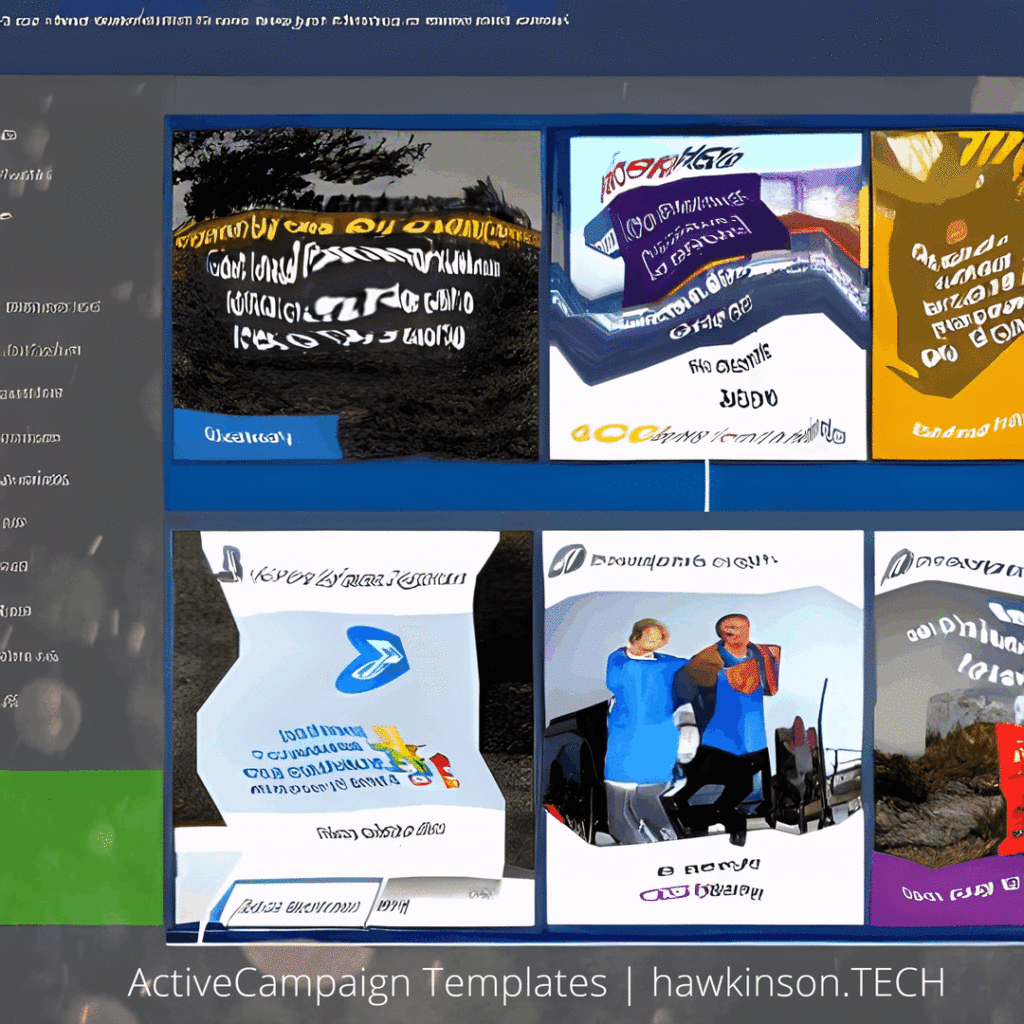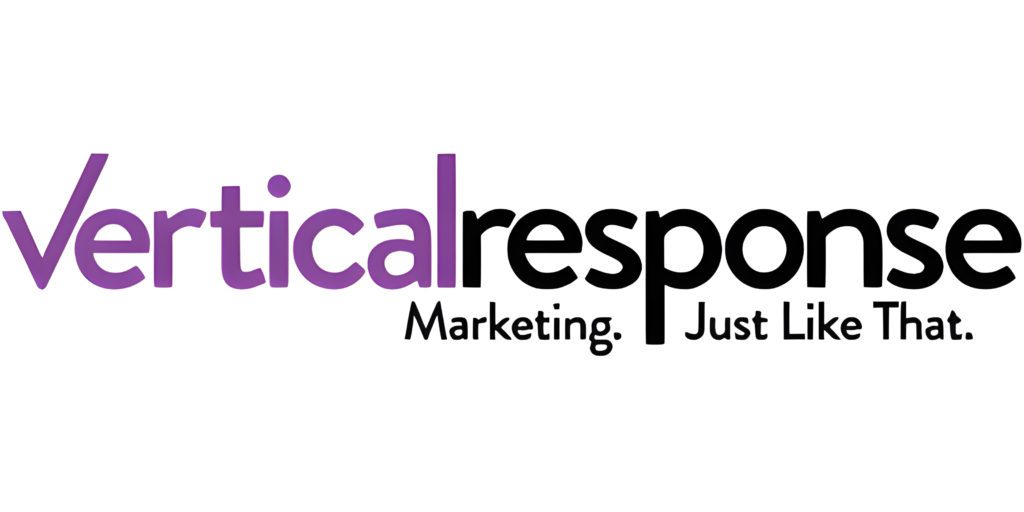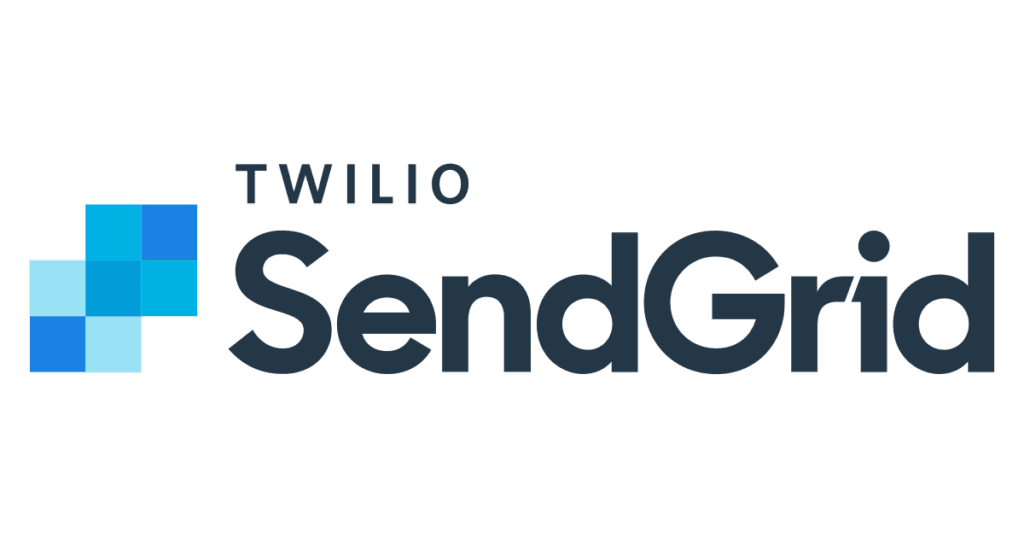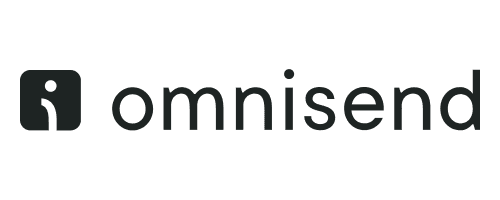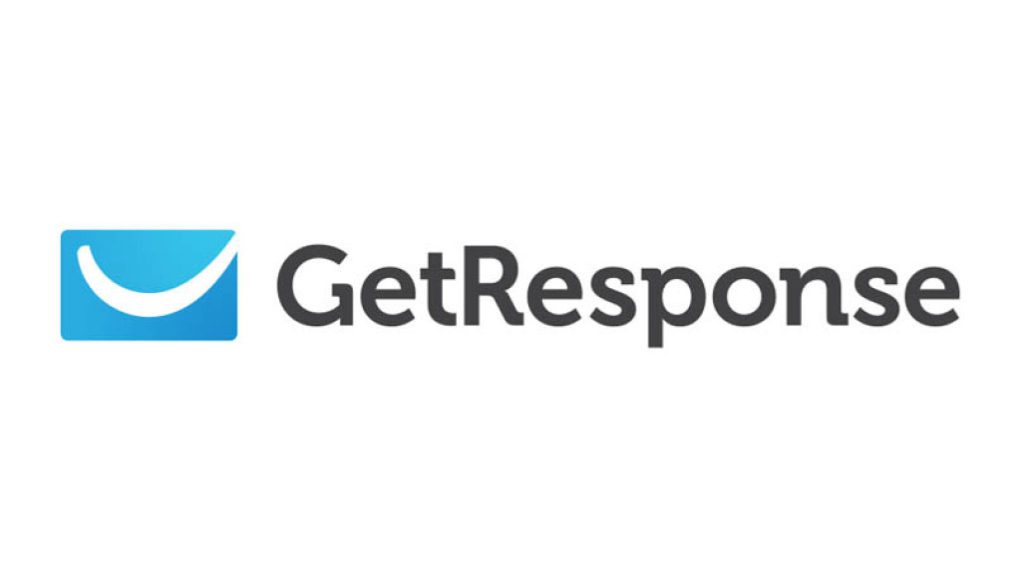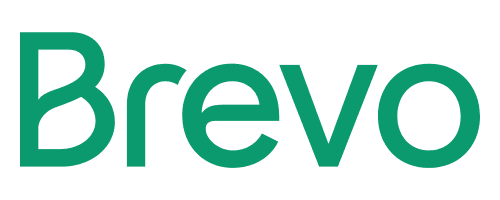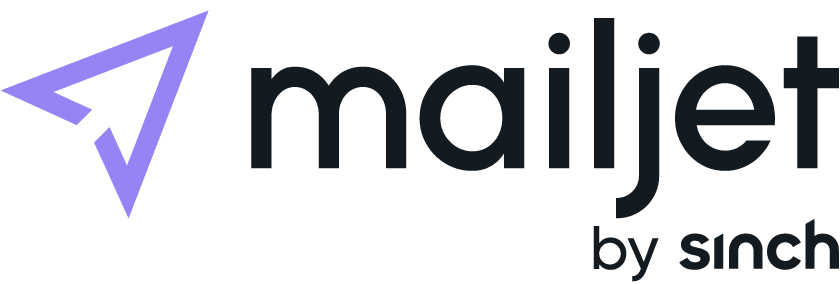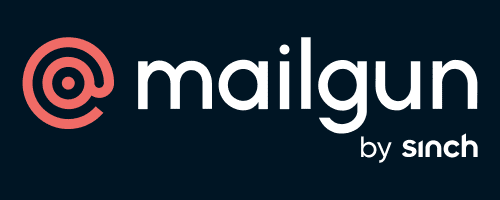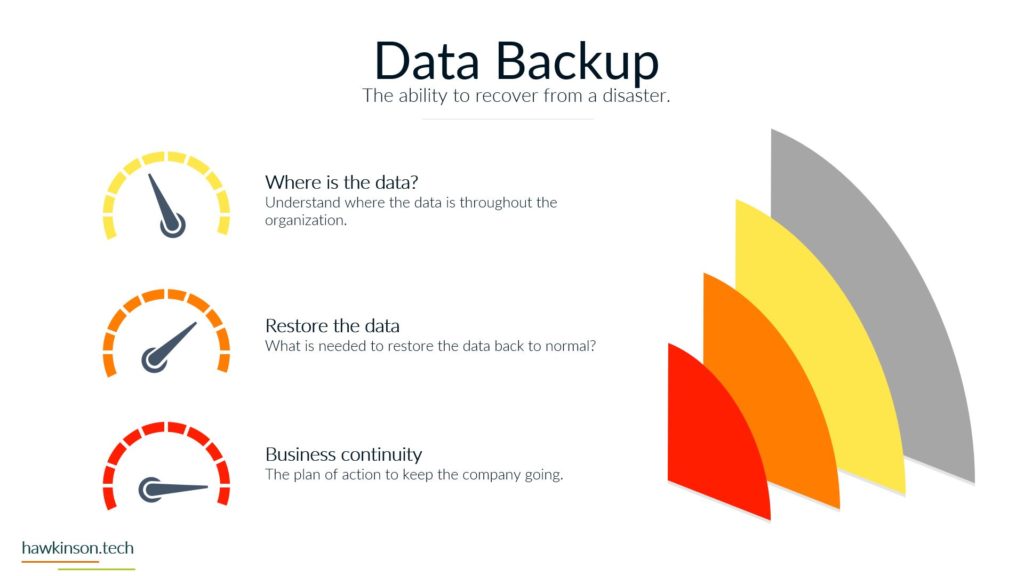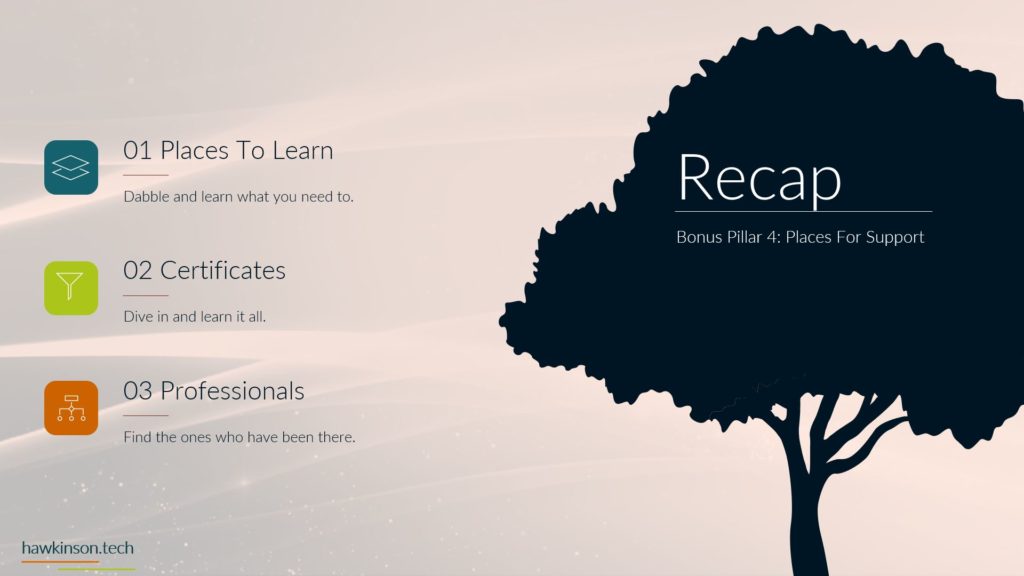Constant Contact: Your All-in-One Email Marketing Solution
Constant Contact is your ultimate email marketing solution designed to help businesses of all sizes grow and succeed. With a wide range of powerful features and a user-friendly platform, Constant Contact empowers you to create, send, and track professional email campaigns that drive engagement, nurture customer relationships, and generate results.
Effortless Email Campaign Creation with Constant Contact
With Constant Contact’s intuitive drag-and-drop editor, designing eye-catching emails has never been easier. Choose from various professionally designed templates or start from scratch to create customized emails that reflect your brand’s unique identity.
Streamline Contact Management with Constant Contact
Seamlessly manage your contacts and organize them into targeted lists. Constant Contact provides robust contact management tools that enable you to segment your audience and deliver personalized content to the right people at the right time.
Nurture Leads with Automated Email Series from Constant Contact
Nurture your leads and build strong relationships with automated email series. Create personalized, time-based email sequences that engage subscribers and guide them through a journey, from welcome emails to abandoned cart reminders.
Gain Insights with Powerful Email Tracking and Analytics from Constant Contact
Gain valuable insights into your email campaigns with Constant Contact’s comprehensive tracking and analytics. Monitor open rates, click-through rates, and other key metrics to understand your audience’s behavior and refine your email marketing strategy.
Expand Your Reach with Constant Contact’s List-Building Tools
Expand your reach and grow your subscriber base with Constant Contact’s list-building tools. Capture new leads with customizable sign-up forms, pop-ups, and landing pages, and integrate them seamlessly with your email marketing platform.
Boost Engagement with Constant Contact’s Social Media Integration
Social Media Integration: Extend the reach of your email campaigns by sharing them on social media platforms. Constant Contact integrates with popular social media networks, allowing you to easily promote your emails and engage with your audience across multiple channels.
Plan Successful Events with Constant Contact’s Event Management Tools
Planned, promoted, and managed successful events using Constant Contact’s tools. Create customizable event invitations, send automated reminders, and track RSVPs, ensuring a seamless and professional event experience.
Reach Your Audience Everywhere with Mobile-Friendly Designs from Constant Contact
Please reach out to your audience wherever they are with mobile-friendly email designs. Constant Contact’s responsive templates adapt to different screen sizes, ensuring a consistent and engaging experience for desktop, tablet, and smartphone recipients.
Exceptional Support and Resources for Your Email Marketing Success
Expert Support and Resources: Constant Contact provides exceptional customer support and a wealth of resources to help you succeed. From knowledgeable customer service representatives to educational webinars and tutorials, you have the support you need to maximize your email marketing efforts.
With Constant Contact, you have everything you need to create and execute successful email marketing campaigns. From customizable templates and contact management tools to automation features and in-depth analytics, Constant Contact is your partner in driving engagement, building customer relationships, and achieving your business goals.
Ignite your email marketing strategy with Constant Contact and unlock the power of effective communication. Start your free trial today and experience the difference Constant Contact can make for your business.








